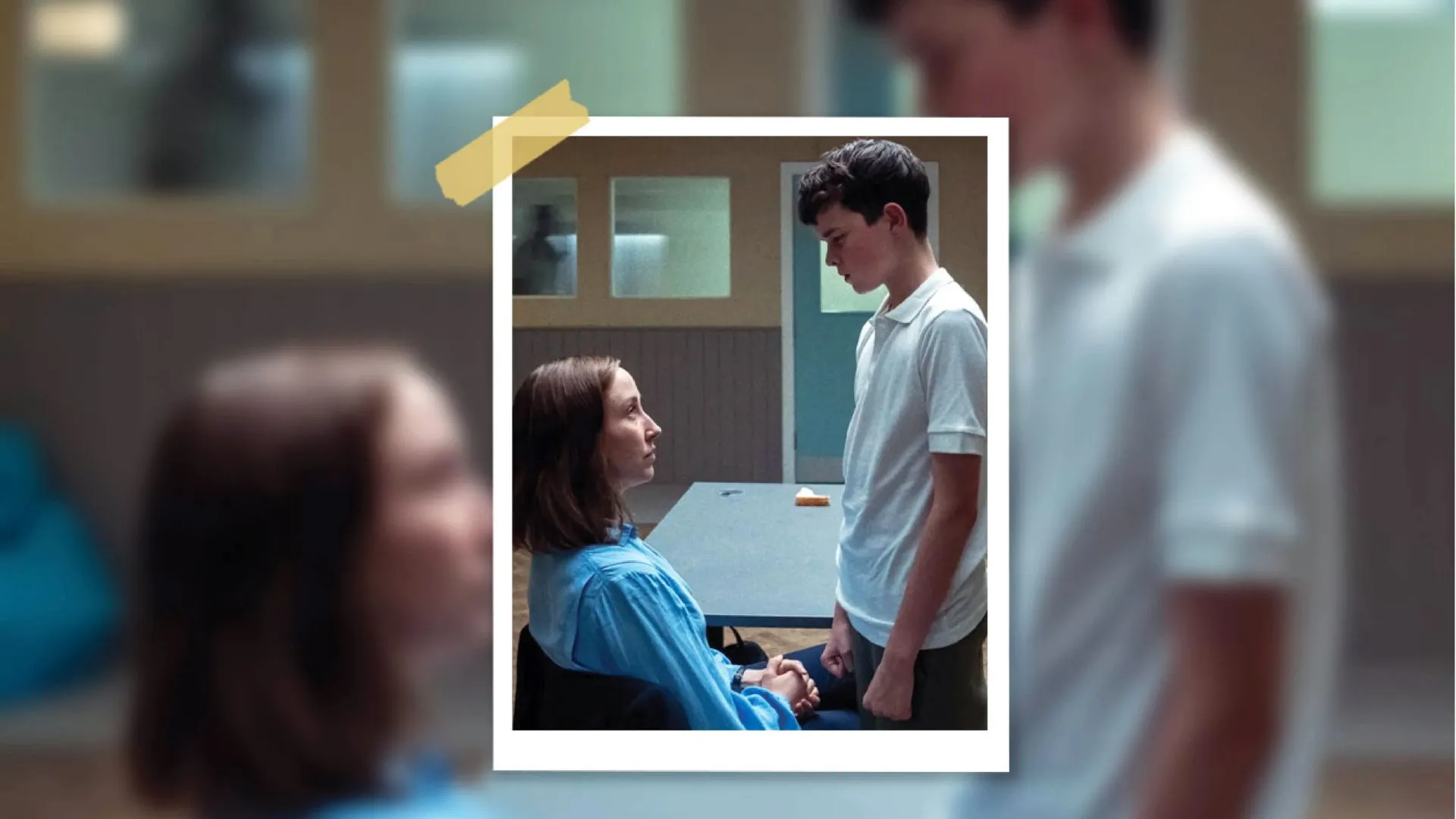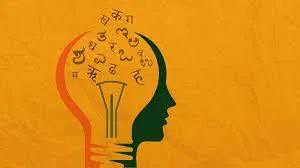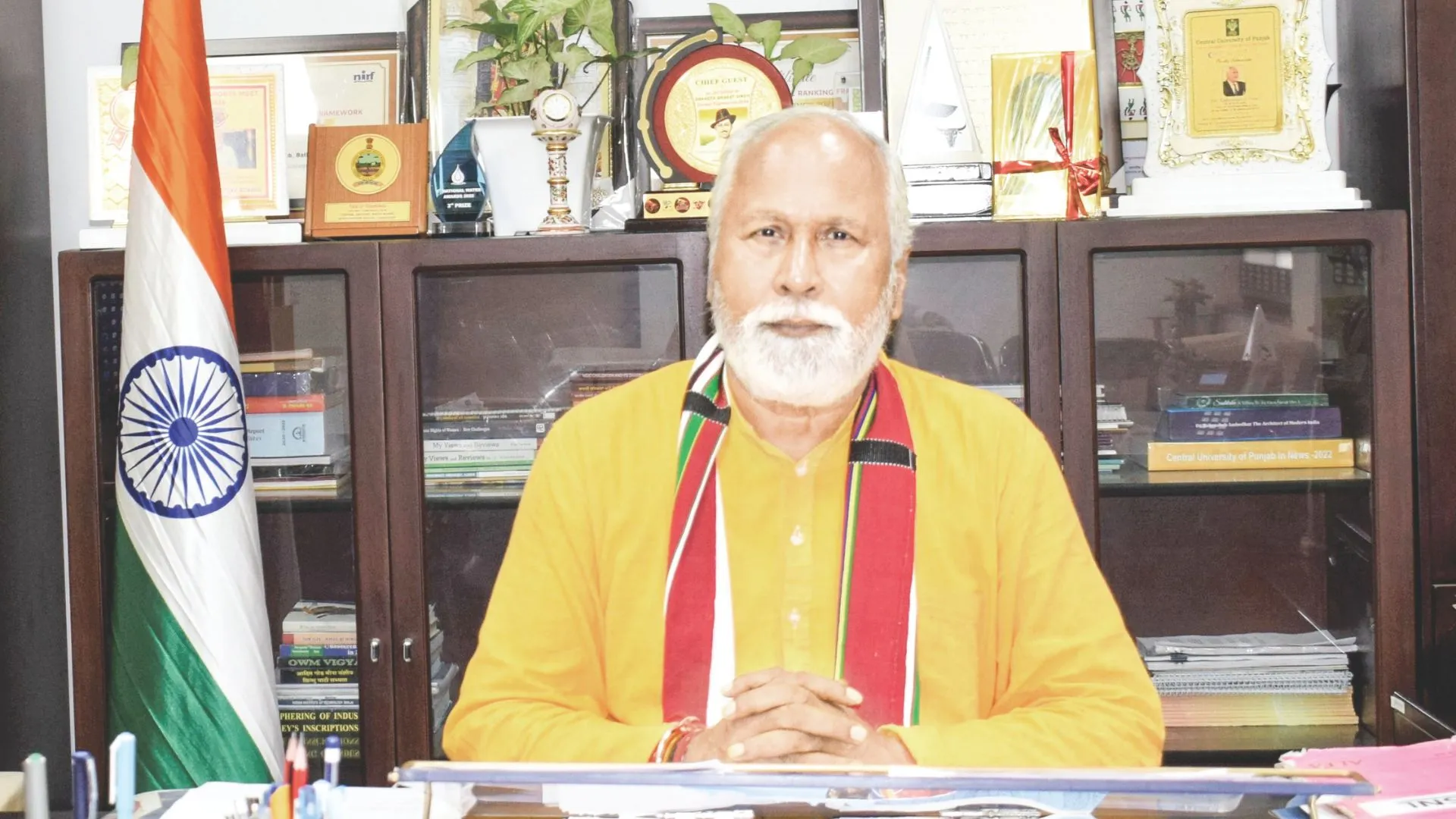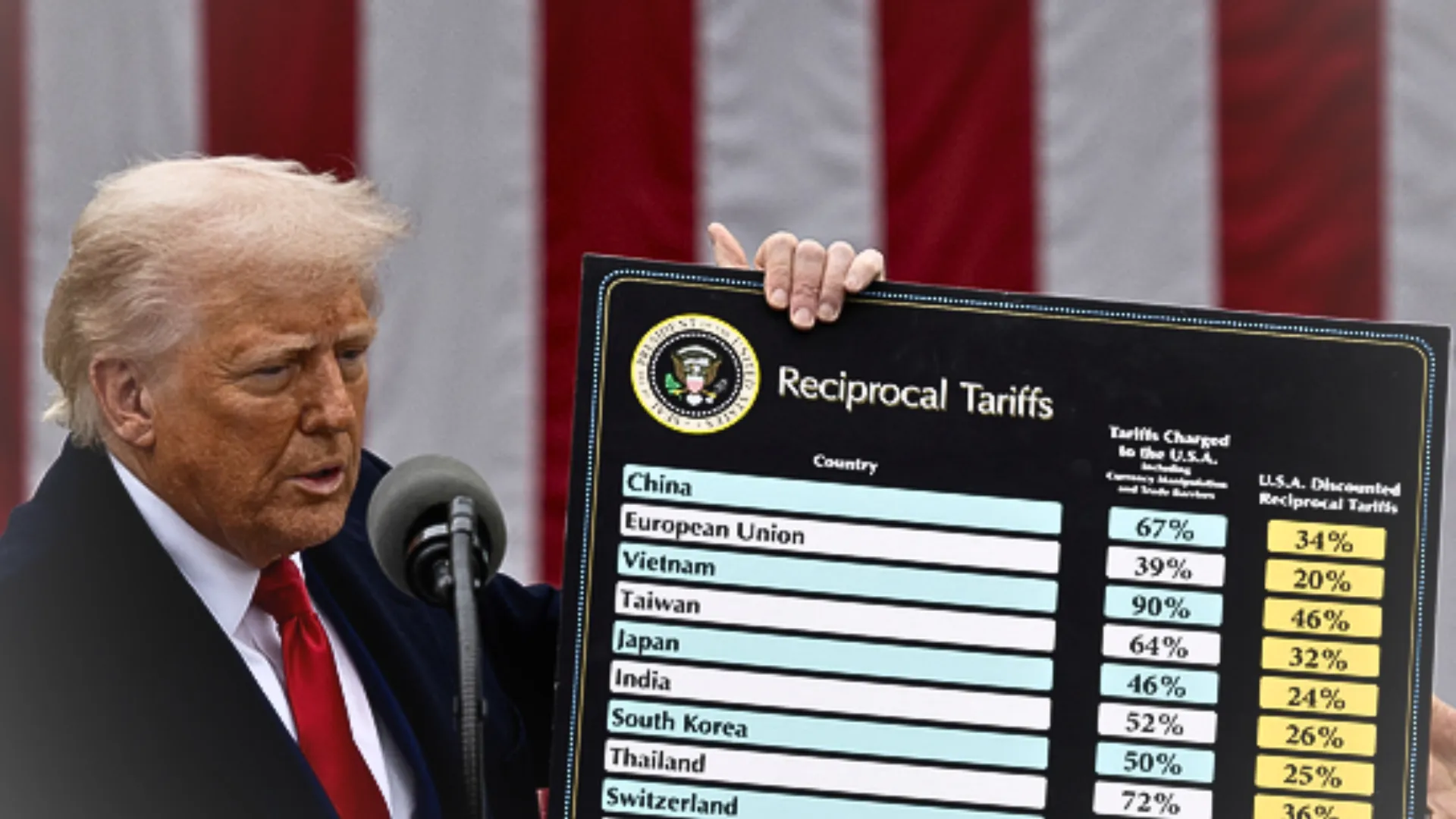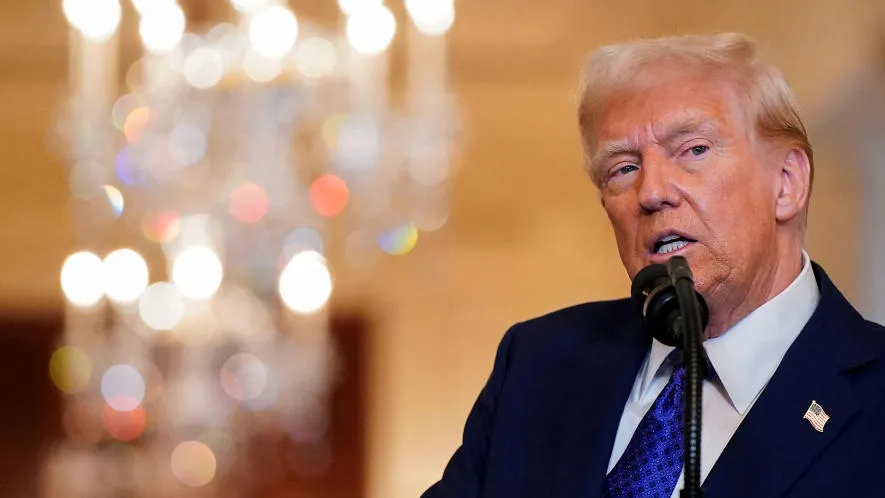The drama mini-series Adolescence is a must watch for both parents and children. In fact for all of us navigating the virtual world of alternate reality. Actually even if you are not in it the chances are that your neighbours, their kids or even someone within your own household is eye-locked to the virtual screen and living in a reality that is governed by some totally different rules of engagement than those that apply in the `normal’ world. The catch is that these alternate realists apply these rules while navigating the actual world. And that is scary.
Since by now the series has been much talked about so I hope there are no spoiler alerts here, and even so the story line is just a small part of the talking point. It’s the atmospherics and the larger message that it sends, the impact of a young school-boy stabbing a classmate just because he asked her out and she said no. What also comes across is the alternate world of morality here, because the boy thought he was doing the girl a favour by asking her out at a time when she was the most vulnerable. Yet again, toxic masculinity is too easy a label to affix because there is a backstory that has the perpetrator as the victim who was socially targeted by his peers, including the said girl. The series also brings to light that kind of hazing, nay, the bullying that goes on within the school-walls (young kids can be brutal, some without knowing and others, just for the fun of it).
What is also interesting is that some of the hazing is going on in the full glare of public attention. Only adults don’t see it for what it is because we are not fluent in instagram-speak. How many of us know what Incel means? What about cyber-bullying ? We take a heart emoji for what it is, a warm reachout from a friend. A sign of approval. However, as we learn during the movie each emoji, each colour has a much darker, threatening meaning disguised in seemingly warm happy optics. If Wren & Martin were looking for an example to explain ‘A wolf in sheep’s clothing’, then this is it.
The parents of Jamie Miller will find a resonance in parents the world over, who think their child is safe at home in his room without realising the toxic and misogynist content that he is accessing through his smartphone. This is a world where influencers such as Andrew Tate and his brother Tristam rule over unchecked and have emerged as role models for unsuspecting, awkward teens who feel ill at ease in the real world.
(The Tates are hugely popular social media influencers known for promoting misogynist views and were banned from TikTok, YouTube and Facebook for hate speech including that women should bear responsibility for getting raped.) Infact Andrew is currently facing a lawsuit from his girlfriend on charges of assault and battery during an abusive relationship. The Tate brothers are also accused of some serious crimes like human trafficking. The crimes apart there is also the optics of a dangerous manosphere that is being promoted here where women are clearly treated as pawns and commodities. This is not a world view we want to bring to our home, to our sons – and daughters. There is an interesting conversation in the series between the therapist and the child where she asks him about the way his father behaves at home, for let’s not forget, kids look to parents as role models. This applies to both fathers and mothers.
Given the kind of response that this series has received, schools in the UK have decided to make it a part of their curriculum to teach anti-misogyny lessons. In February this year, schools in Denmark banned the use of smartphones in schools and after-school clubs. This followed after recommendations from a youth wellbeing commission which pointed out that as soon a phone enters a child’s bedroom, it takes up all the space. The study talks about the negative impact of smartphones (via social media) on the self esteem of the child. Most social media platforms such as Facebook, Instagram, TikTok, YouTube and SnapChat don’t allow kids below thirteen years to sign up. Some parents have raised this bar to eighteen years. But kids know how to evade these rules and set up accounts by lying about their age. Will banning smartphones solve the problem, or is there a need for a larger systemic approach? Should these conversations be part of the school curriculum? These are conversations to be had as preventive measures and not left to therapists post facto.

